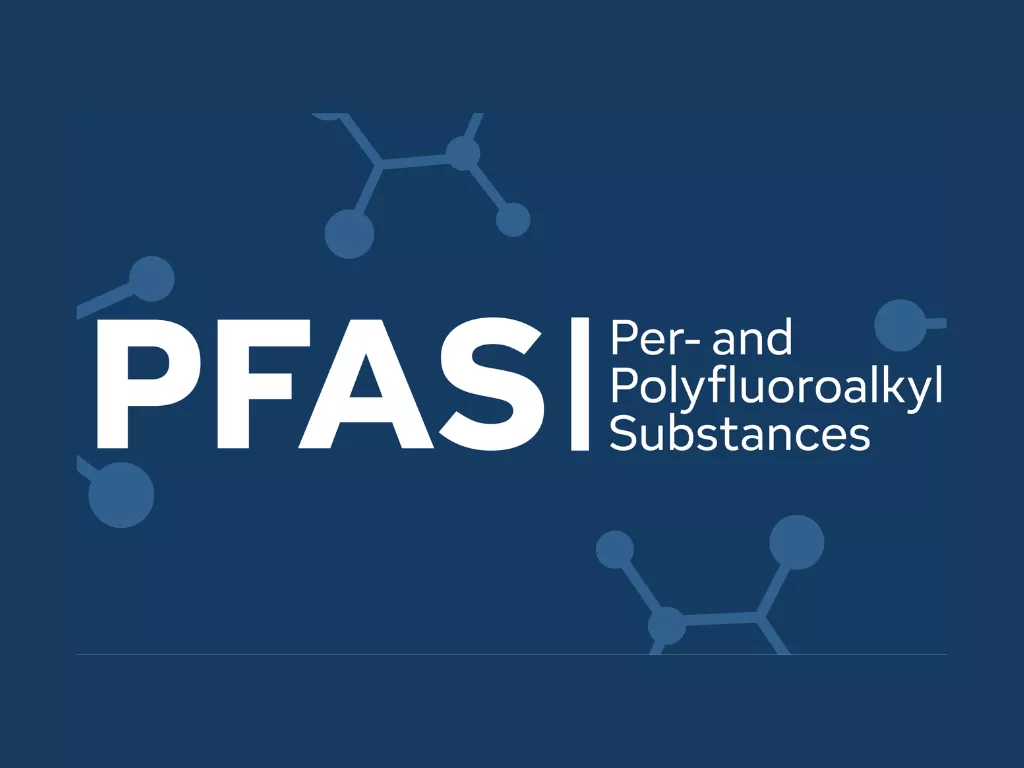Driving Excellence in Healthcare and Medical Devices with Automation Testing
26 June 2024
The medical device industry is rapidly evolving, driven by technological advancements and increasing regulatory demands. Ensuring the reliability and safety of medical device software is crucial, as any malfunction could have serious implications on patient health. This blog explores the best practices and key technologies for software testing in medical devices, helping manufacturers deliver high-quality, compliant products. By adhering to these practices, companies can enhance their testing processes, meet regulatory requirements, and ensure patient safety.

Discover more

Building Better Digital Experiences with Information Architecture
In today’s digital age, information is omnipresent. Whether it's websites, mobile apps, online platforms, or digital content, these elements have become integral parts of our...

Revolutionizing Rural Healthcare: How AI is Shaping the Future of Telemedicine
Introduction Telemedicine has revolutionized healthcare delivery, particularly for underprivileged populations. For rural areas, where access to healthcare facilities is often limited, telemedicine has the potential...

PFAS: How ‘Forever Chemicals’ Impact Medical Devices
Introduction: Since 1940, per- and polyfluoroalkyl substances (PFAS) - a class of artificial compounds, have been used globally in a variety of industrial and consumer...
